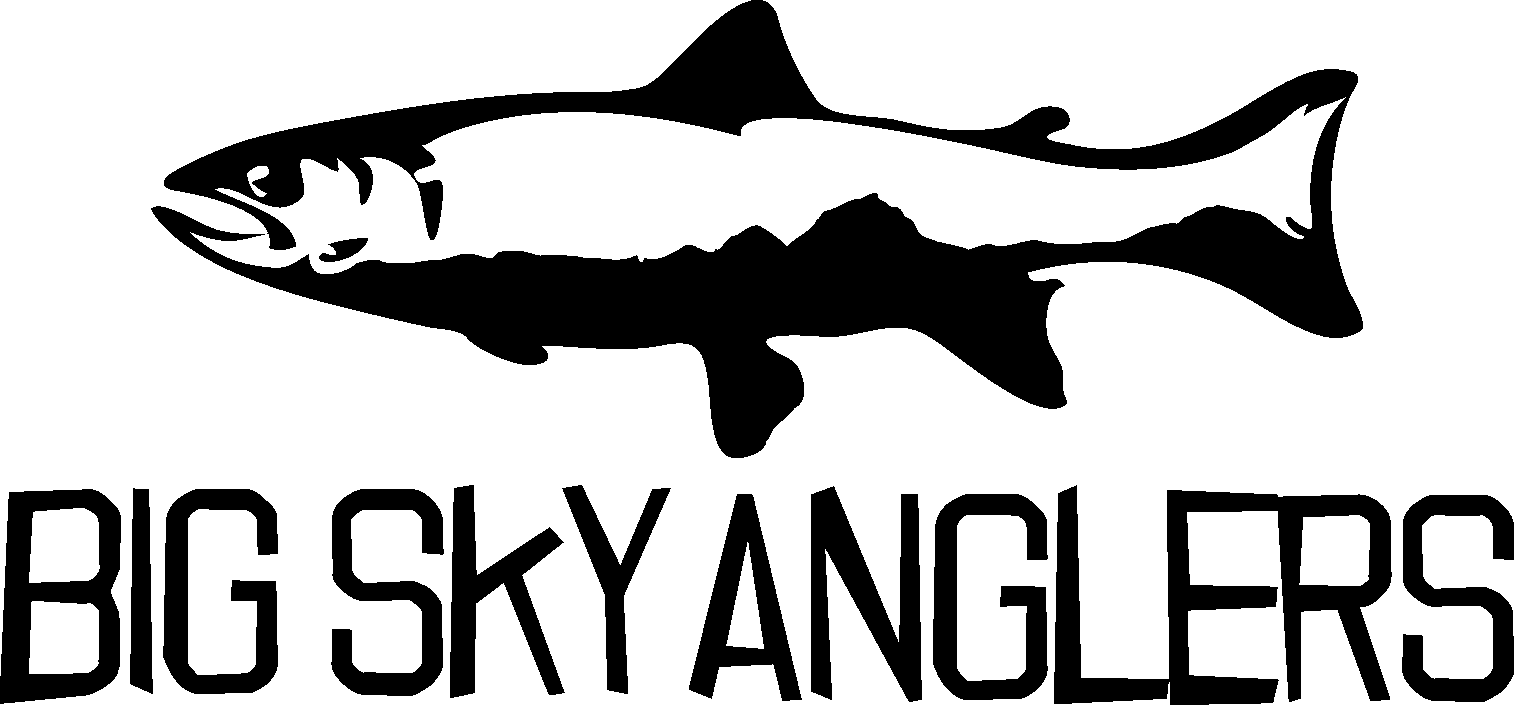Big Sky Anglers' Guide to Fly Fishing in Patagonia
The Patagonia region of South America has stirred the hearts and imaginations of adventurers and anglers for many years. It is a landscape of harsh extremes, of wild mountains and glaciers, raging rivers and bottomless lakes, of un-climbable peaks and storied trout. But what is it and why does it draw the flyfishing angler?
The word Patagonia comes from the root word for foot or paw in Spanish, “pata”, “-gon” is a suffix that indicates largeness, and the “-ia” indicates that it is the place where the former is found. When Magellan first touched the shores of present day Argentina on his early surveys, it is said that he encountered large footprints in the sand, which he believed to be from the large-footed inhabitants of this new land. Bigfoot. The land of these big-footed people came known to the people as “Patagonia”. We now know that the large footprints were due to the natives, largely Tehuelche Indians, whom wrapped their feet in sealskins to protect them against the harsh elements, leaving a large impression in the minds of early European explorers.
Though the origins of the word refer to the continent’s eastern shoreline’s inhabitants, Patagonia has come to be known as the region that occupies the bottom third of both Chile and Argentina, roughly the southernmost 1200 miles of the continent, from west coast to east coast. From a fishing point of view, we are concerned primarily with the land that lies on both sides of the Andes mountains within this same area. In Chile this includes all of the land between the spine of the Andes and the Pacific Ocean and in Argentina it includes the land which borders the Andes and spills out onto the steppe country towards the arid eastern shore.
In Argentina, the northern boundary is generally considered to be the province of Neuquen, the birthplace of flyfishing in Patagonia. The southern boundary would be the Chubut province, with the current frontier around the area of Rio Pico. Trout fishing continues to be found and developed further south into the Santa Cruz Province and some of the largest brown trout in the world are found at the end of the world in Tierra del Fuego.
In Chile, the flyfishers’ interest generally begins just south of the city of Puerto Montt in the X Region, or the Region of the Lakes and extends to the XI Region, or Aysen Region. There are some pockets of trout fishing to be found as one ventures further south towards Chilean Tierra del Fuego, but we will focus on the two regions that offer the most opportunity for present day flyfishers.
The diversity found in Patagonian trout fishing is astonishing. Everything from technical sight fishing on spring creeks to throwing large streamers in giant rivers can be encountered. However, one might describe the general Patagonian fishing experience as some of the best streamer and large dry fly fishing destinations for trout on the planet. The people we have come to know from Patagonia quickly become friends and the food and drink are superb. We like to think of Patagonia as Disneyland with a fly rod.
Read on to explore Patagonia from North to South, and learn what's been bringing us back every year for decades.


















